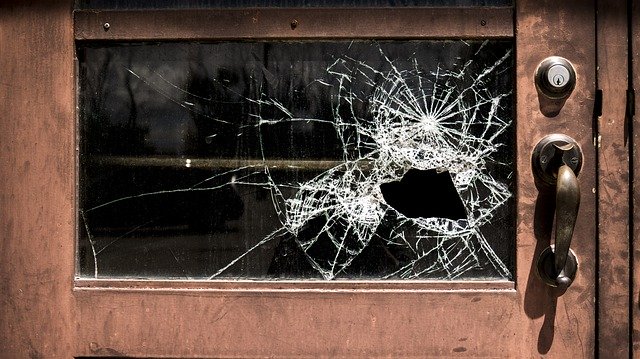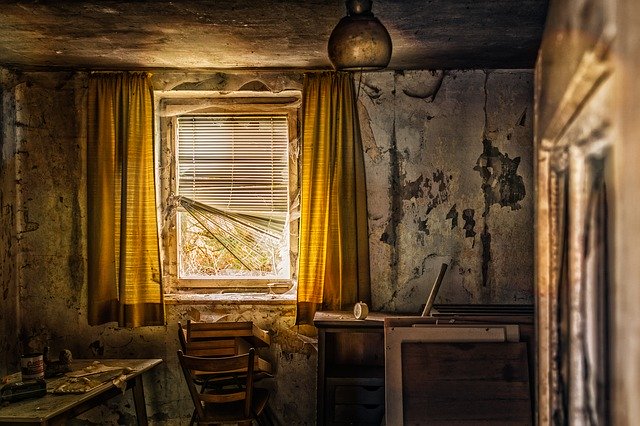
The concept of “normal wear and tear” is heavily debated. Ordinary wear and tear is different from tenant damage. Tenant damage affects the outcome of the security deposit, whereas normal wear and tear doesn’t.
In some cases, the disagreements tied to normal wear and tear can lead to costly court battles. It’s best if both the landlord and the tenant are fully informed and understand the concept of “normal wear and tear.” That will decrease the risk of prolonged disputes.
In this article, we are going over the basics of “normal wear and tear”. You’ll learn to recognize the signs of ordinary wear and tear so you don’t accidentally make security deposit deductions.
Disclaimer: Check with your local legal guidelines and PA state laws before taking any concrete steps.
What Constitutes “Normal Wear and Tear”?
Normal wear and tear is the ordinary aging process of properties and the various areas and components within them. This expected aging results from normal everyday use like foot traffic, switching appliances on and off, and so on.
That said, if a tenant causes damage by being negligent or careless, then this isn’t considered “normal wear and tear.” Rather, it’s considered tenant damage and the tenant is responsible for covering the associated expenses. In many cases, these costs are deducted from a security deposit.
Sometimes normal wear and tear leads to more serious damages. For instance, a pipe may begin to experience normal wear and tear, but eventually, start leaking. This is not the renter’s responsibility. Landlords have to properly maintain their rental units in order to prevent these further damages.

Assessing Normal Wear and Tear vs Damage
You need to conduct move-in and move-out inspections to document damages. A popular method is to use a checklist when you have a new tenant moving in. If you notice damages during the move-out inspection, you can compare the checklists and assess whether the damage is normal wear and tear or something to do with negligence.
In addition to the move-in and move-out inspections, you should also inspect the property on a regular basis in order to make sure it’s in great condition. Otherwise, you could miss smaller damages that grow into much costlier issues down the road.
Additionally, you can record videos and take photos of the unit as well. Collecting visual evidence during the move-in and move-out inspection is a great way to protect your interests as a landlord. In case of serious disputes, you can use the obvious visual evidence to prove your arguments.
Once you determine that there is tenant damage in the property, then you can deduct the associated expenses from your tenant’s security deposit. Just make sure to comply with all the laws and regulations.
It’s possible that your tenant disagrees with the particular sum. Should you be unable to find a solution together, you can take the dispute to a small claims court.
Practical Examples: Normal Wear & Tear
Let’s go over some practical examples of what fits under the category of “normal wear and tear.”
When it says “yes,” it means you can consider this to be “normal wear and tear.”
When it says “no,” it means you can consider this to be tenant damage caused by negligence.
Carpets:
YES: You can see spots that have worn thin due to normal foot traffic. There is fading from sunlight exposure.
NO: Your tenant has burned holes in the carpet. There are food stains or pet urine splotches on the carpet.

Paint:
YES: The paint has faded due to sunlight exposure. You can see some minor scratches here and there that clearly result from ordinary use.
NO: Your tenant’s pet has seriously scratched the surface, resulting in paint removal.
Bathroom:
YES: The bathroom mirror has darker spots due to aging. There’s a rusty shower rod. Some of the bathroom tiles have become loose or lost their earlier shine. The enamel surfaces of the property’s sink, toilet, and bathtub have some light scratches and other visible wear.
NO: The enamel surfaces are broken. You can see tiles that are heavily cracked or have gone completely missing. There are clogged drains due to tenant negligence. The bathroom mirror has become damaged due to careless use of cosmetic products.
Hardwood:
YES: You can spot some patches that have lost the initial finish. There could be some fading due to exposure to UV-rays.
NO: There are deep scratches on the hardwood floor. There are medium or large sized water stains due to negligence. You find that parts of your rental’s hardwood floor have been removed or have gone missing.
How Does Cleaning Fit into the Picture?
You typically can’t charge your tenants for property cleaning services after a move-out occurs. That’s because maintenance and cleaning during a tenant turnover is a landlord’s responsibility. However, there are exceptions to this rule.

If your tenant has failed to clean the property during the years of tenancy, your cleaning company could charge extra for filthier conditions.
In this scenario, you could have the right to charge your tenants. That said, you need to make sure that you have this clause in your lease agreement in the first place.
In a Nutshell: What Is Normal Wear and Tear?
Regular use of a property leads to normal wear and tear. As a landlord, you are unable to deduct the associated expenses from your tenant’s security deposit. You can only use the deposit to cover the costs of damage due to your tenant’s irresponsible, careless, or negligent behavior.
It’s recommended to take preemptive action in order to prevent disputes later on such as drafting a solid lease agreement and documenting the property during the move-in and move-out inspections. It’s especially important to remember to do so if you are a first-time landlord.
If you’re looking for help managing your property in Western Pennsylvania get in contact with us at Premier Property Management Services.